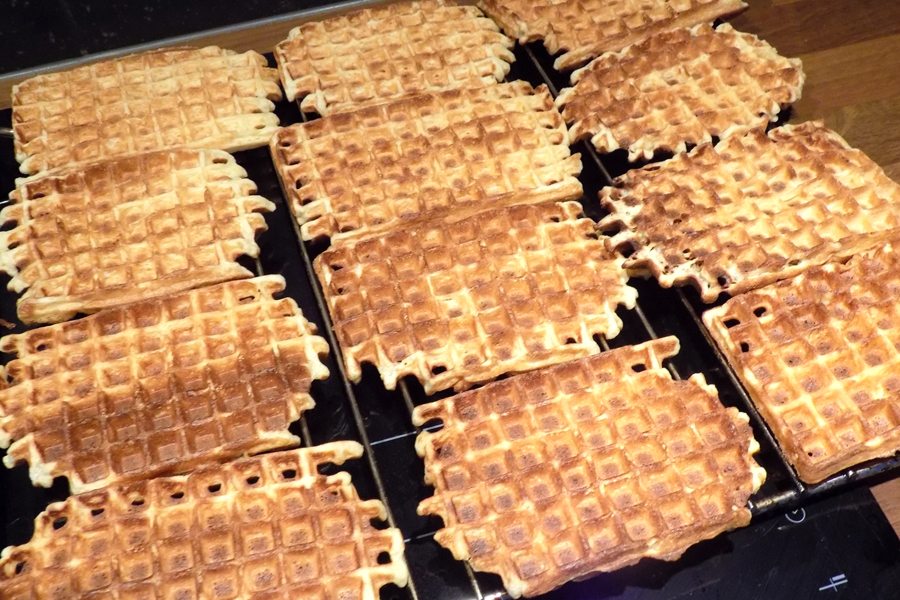-
Posts
5,260 -
Joined
-
Last visited
-
Days Won
4
Content Type
Profiles
Forums
Blogs
Gallery
Calendar
Downloads
Posts posted by McG 6969
-
-
Hello to all,
@Bruce > concerning your spinner, you could try to find the prop/spinner from a (Volantex) FPVRaptor V2. (not the older Raptor only the V2 with the ‘inclined’ motor tower). The prop is 10x6 (although the V2 carries a 1000KV motor) and it’s the same spinner. Of course, the V2 being a ‘pusher’, you should reverse the blades.
Some time ago, the ‘older’ Phoenix 2K were carrying a D4023 / 850KV motor. But I don’t know if the more recent ones have been ‘upgraded’ or still carry that motor. Volantex is often making improvements to their products without ‘Worldwide Press Conference’ involved. Maybe the actual ones carry a 1000KV as well? Anyway, the 10x60 works very well with both combinations.
Or you can contact Volantex directly ([email protected]) and ask for the genuine spare parts for the 2K.
Factory Ref. # 742308 for propeller 10x6 full set with spinner.
Factory Ref. # 742309 for 3 & 4mm shaft adapter.
As I wrote, I’m concentrating on FPV-stuff and as such do not stock other Volantex’ products parts. Maybe I should to help European people out of problems…
@ Rex & Chuck > glad to be of help with the glue info.
McG
Brussels, Belgium
-
Hello to all,
First of all, apologies if I'm posting this ‘late’ in this thread, but I just discovered this forum.
I spent some time reading all this, but as a full 'Registered Newbie', this is my first log-in day & post.I’m not a glider addict (yet), but I’m distributing some FPV gear (FPVRaptor, Raptor V2 & Ranger EX) from Volantex in Belgium and as you very probably know, the Phoenix 2K is manufactured by Volantex (formerly Lanyu Hobby).
Maybe the following info could be of help not only for repairs (would never wish that to anyone) but also to fix whatever to the inside of the fuselage of the Volantex blow molded fuselages.
Concerning the Raptor/Ranger & Phoenix fuselages, they are made of PP (a polypropylene 'mixed' by the boss of Volantex himself) and it seems that the best solution (-imho-) for repairs or gluing 'something' to it, is the use of Loctite® Plastics Bonding System (Henkel Group brand / item #681925).
It's a two-part cyanoacrylate adhesive (primer marker & CA tube, but no mixing required) that sets in some seconds, dries clear and cures without clamping.
It bonds plastics such as Plexiglas®, polycarbonate, polystyrene, PVC, polyethylene, polypropylene and even polytetrafluoroethylene (PTFE) also known as Teflon®.
It glues those plastics to leather, cork, paper, cardboard, wood, chipboard, fabric, metal, ceramic, rubber, O-rings, ...
It is OK for polystyrene, but I wasn’t sure at all that it was suitable for 'expanded polystyrene' or derivates, as the 'primer' (with Heptane solvent) would probably melt the foam (or EPO).
I've been looking around for an easy way to find the Loctite Plastic Bonding, but it appears that the retail 'blister' packaging is quite hard to find.So, I contacted Loctite Belgium and did some investigation together with the very helpful local technical service guy: >>> the 'retail packaging' has been discontinued in Europe due to lack of public interest... OMG! ... BUT the products are still around for professionals.
The polyolefin primer is the Loctite SF 770 (better know as the 770) in a 10gr bottle, while the CA is the Loctite 406 in a 20gr plastic bottle. Of course the professional packaging is somewhat bigger, so we can mod/crash a lot more!
The other good news is that the Loctite technician confirmed me that the 406 is foam-safe even on 'very common' Styropor...
So, now everybody can make some PET/EPO/PP 'sandwich structure' protections or repairs to our crashing babies... and no, I'm not affiliated in any way to the Loctite nor Henkel Group...
Hope this helped some of you a little.
Happy glueingMcG
Brussels, Belgium
ps: ... hoping to be able to attach some product pictures here...



Phoenix 2000
in Gliders and Gliding - General Discussion
Posted
@ Bruce,
If you have to deal with vinyl stickers on foam, please don't forget that expanded polystyrene (EPO and others) has been previously molded and therefore at time of fabrication, the molds were covered with a 'demoulding agent' which is still present on the surface of the foam. And precisely that takes care of all the troubles we have with either painting or sticking to it.
As Pete stated, the window cleaner is an ideal solution to be able to position precisely and get all the bubbles out of underneath the sticker but will be no guarantee for a durable fixation.
There is an additional trick though. Damp a piece of cotton fabris with 'rubbing alcohol' and clean off the involved surface first. Then let evaporate and you created a sticker-receptive surface.
A second, even 'better', solution is to treat the local sticker surface with a (very) thin layer of UHU Por glue (after the rubbing alcohol treatment), waiting for some minutes to start curing and then applying the vinyl sticker when still a bit wet (without the window spray technique). This closes all the pores of the foam giving you a perfect surface for reliable gluing. In fact, it's also the best method to use when improving the standard factory foam surfaces (especially elevators) hinges by the 3M Blenderm method.
For FPV use - a lot 'heavier' and 'demanding' than gliders - we always cut out the standard factory 'foam' hinges and replace them with Blenderm tape (or even CA hinges).
Happy stickering
McG